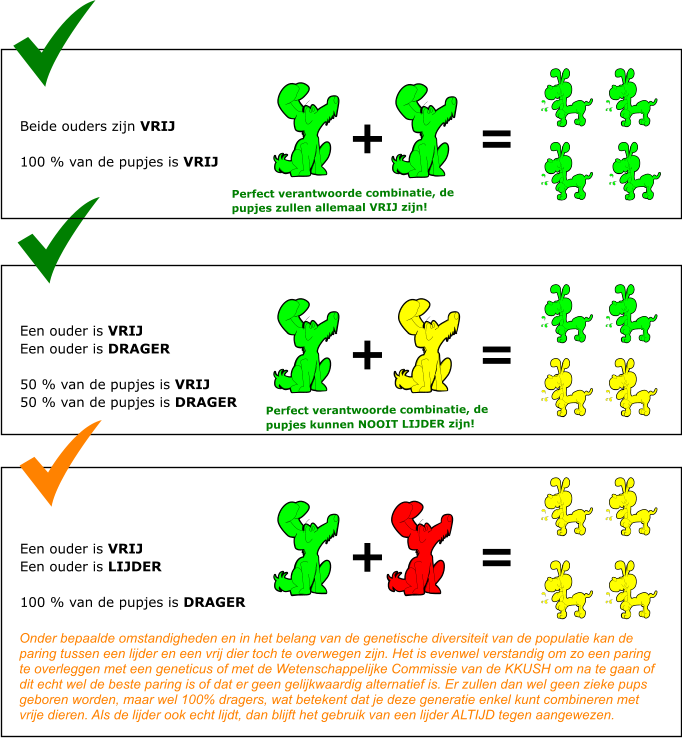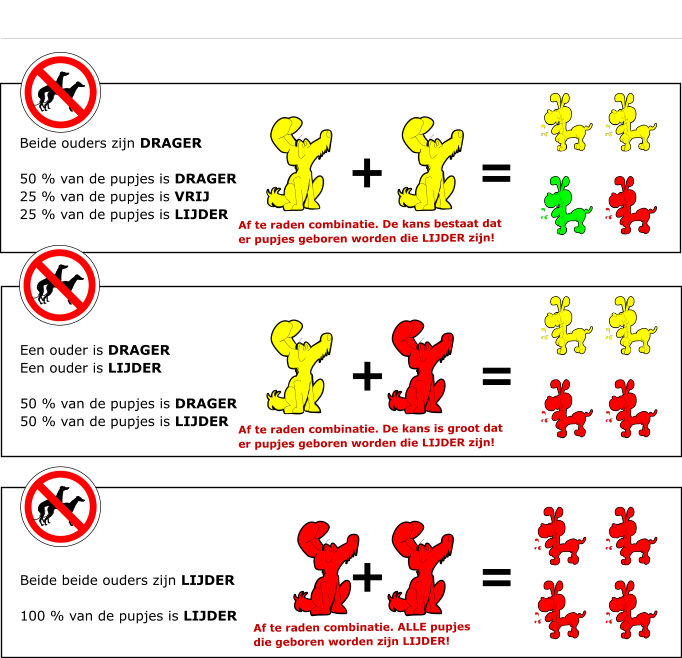What is primary lens luxation? (PLL)?
Primary lens luxation or short PLL is a easily recognisable, painful and blinding hereditary condition common to a large number of dog breeds, amongst other Terrier and Terrier-related dogs this includes also the Tibetan Terrier. The ligaments that prevent the lens to move degenerates in dogs that are affected. Once the lens is no longer in the correct position this will cause blindness for the dog.
The symptoms develop with a Tibetan Terrier around the age of 4-5 years.

PLL examination
A DNA test is availablle from a number of labs to see whether a dog has this illness.
Our club use HTTPS://www.animaldnadiagnostics.co.uk. The test is done by the vet and sent to the lab.
Results
| Clear |
The dog has two healthy alleles. This dog when used for breeding will not develop any disorder and cannot transmit to the next generation |
| Carrier |
The dog has one healthy and one mulfunctioning. The animal will transmit the mutant (malfuncti oning) allele to half his descendants |
| Affected |
The dog has two malfuntioning alleles. Sufferers will transmit the malfunctioning allele to all their descendants and will have symptons of the illness |
Inheritance
These characteristics are inherited in a autosomal and recessive manner; This means that an animal can be free from (homozygote normal), sufferer (homozygote malfuntioning) or carrier (heterozygote).
Carriers can spread the mutant amongst the population without having the symptoms. Therefore it is important to know who are carriers in order to avoid spreading.
Treatment
As far as known there is no treatment for this illness.
PLL and breeding
The club demands that their breeders have their breeding animals DNA tested, if both parents are free from you can skip one generation and the test is not necessary; the second generation however needs to be tested again.
| Following combinations are allowed |
- clear X clear
- carrier X clear
- carrier x carrier is not allowed !!
- Breeding with a affected dog is not allowed!!
|

|

|
| Thanks to this DNA test we can breed more conciously and avoid combinations that are not allowed. |
|



